Core Nutritionals recently put some summer fun in their pre-workout stack with Core FURY, but this is what we’ve really been waiting for: the Core BLAZE fat burner.
Long ago, Doug Miller and his team told us that they had something unique in store, and they were right. If you’re tired of the same old fat burner doing the same old thing, then this is one to look into.
A creatively formulated fat burner in Core Blaze
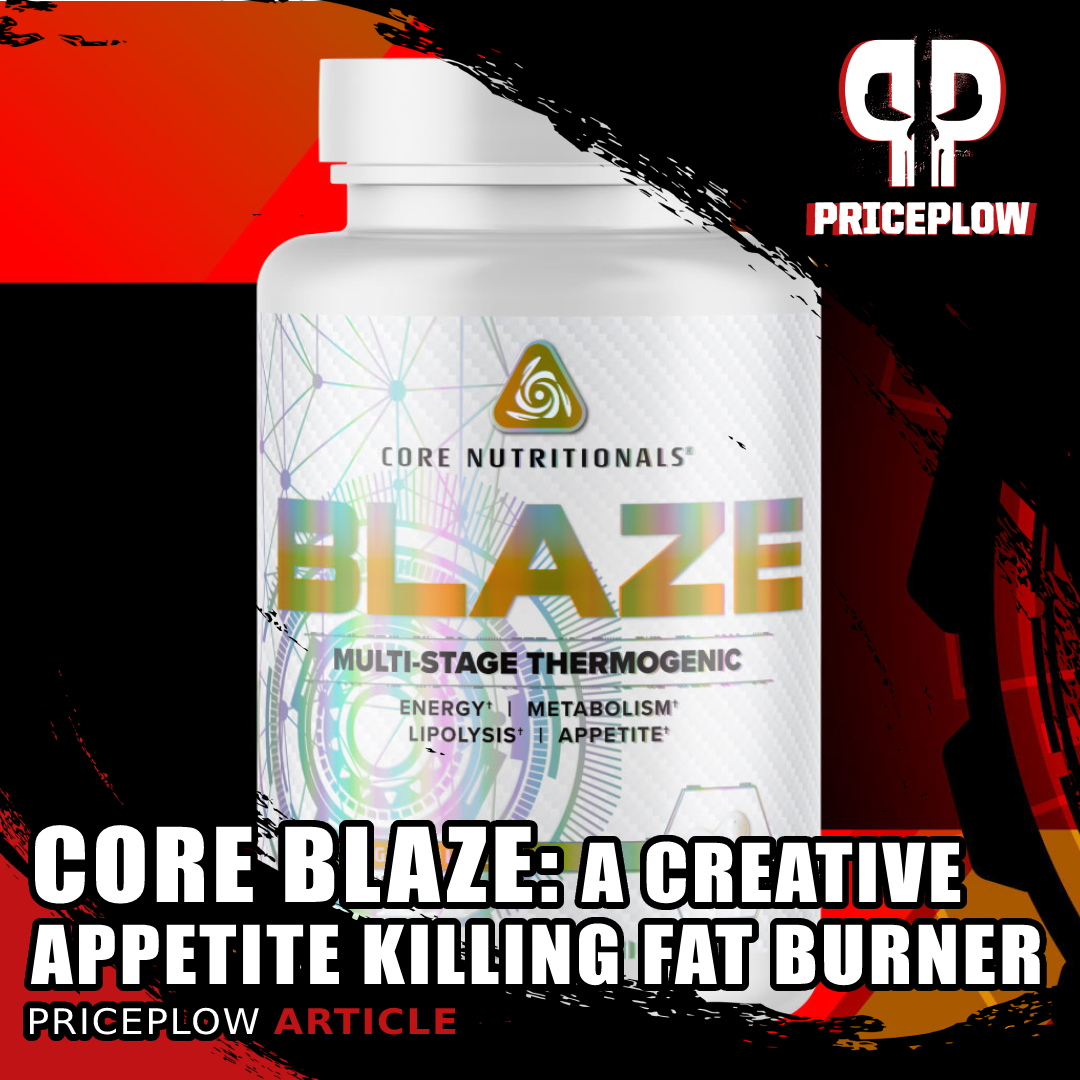
Tired of the same old fat burner over and over? Then Core Nutritionals BLAZE has something incredibly new for you!
Core Blaze kicks it off with a five capsule serving totaling 250mg caffeine, meaning you get a very customizable 50mg of caffeine per capsule. With those five capsules, they pair the caffeine with energy from some synephrine (37.5mg yield), theobromine (100mg), and yohimbine (2mg). That leaves plenty of room for large doses of carnitine and newcomer black cumin.
Attack appetite and insulin resistance while feeling good
There are some feel-good ingredients like bacopa and schisandra, and a new seaweed ingredient that may seriously suppress appetite. And possibly most important of all, we have NNB Nutrition’s GlucoVantage dihydroberberine to improve insulin sensitivity — an ingredient that just seems to suck the sugar right out of the system, yet is never put in stim-based fat burners for some reason!
The details are below, but the general idea is that Core Blaze is going to feel far different than other fat burners you’ve tried, we’re going to lean on appetite suppression, and there are numerous pathways targeted in this diverse weight loss aid.
This is easily one of those scenarios where we say “it’ll definitely be good, but we’ll see how good it is when we try it”. Let’s get into the details, but first check our Core Nutritionals deals and price alerts:
Core Nutritionals Blaze – Deals and Price Drop Alerts
Get Price Alerts
No spam, no scams.
Disclosure: PricePlow relies on pricing from stores with which we have a business relationship. We work hard to keep pricing current, but you may find a better offer.
Posts are sponsored in part by the retailers and/or brands listed on this page.
Core Blaze Ingredients
Below you’ll notice two important aspects of Core Blaze:
- With a five capsule serving size, it has 50mg caffeine per capsule (250mg total), leading to very flexible stimulant possibilities
- There are several ingredients unique to fat burners, leading us to believe that this will be unlike any fat burner anyone’s ever tried before.
With five capsules, there’s much to cover:
-
Acetyl L-Carnitine – 1000 mg
L-carnitine is a conditionally essential amino acid synthesized by the body that plays a primary role in energy production, as it catalyzes fat oxidation by transporting fatty acids to the mitochondria (the cell’s “powerhouses”) to use them to generate ATP.[1] It’s synthesized from the amino acids lysine and methionine, but the body can outpace its ability to create it, making it conditionally essential, as we often want more through diet or supplementation.
General benefits for weight, BMI, insulin sensitivity, and blood sugar response
L-Carnitine’s success with regards to weight loss really depends on the demographic studied (and how much protein they get from red meat, since red meat is our best source of carnitine). A 2016 meta-analysis looked at nine randomized controlled trials and found that L-carnitine dieters lost significantly more weight and had better lower body mass index (BMI) changes than controls.[2]
In 2009, individuals taking 2 grams of carnitine each day for 24 weeks showed insulin sensitivity improvements and better blood sugar response,[3] which indicate improved metabolic status. These are both critically important, because fat oxidation grinds to a halt when insulin and/or blood glucose levels are too high.[4,5]
Works best in carnitine-deficient and overtrained dieters
Over time, studies have shown the ingredient to work best in those who are carnitine-deficient — this is generally vegans and vegetarians,[6-9] the elderly,[10,11] and overtrained athletes.[12] Carnitine status generally comes down to how much high-protein red meat you’re eating and how hard you’re training.
L-carnitine for athletes
Core Nutritionals is a sports nutrition brand that’s highly focused on athletes, so it’s important to note that a 2018 review showed that carnitine supplementation consistently reduces muscle soreness, improves power output, enhances blood flow, increases oxygen uptake, increases oxygen uptake, and promotes recovery.[12] The long story short is that athletes who tear through their amino acid pool faster can get carnitine-depleted sooner, and they want to avoid doing that by supplementing more.
Why Acetyl L-Carnitine?
After reading a new review based upon 100 citations, we are finding fewer and fewer reasons not to take L-Carnitine every day
Acetyl L-Carnitine, also known as ALCAR, is the acetylated form of l-carnitine — it has higher oral bioavailability and can also cross the blood-brain barrier.[1,13-15] This enables it to double as a nootropic, since it can donate its acetyl groups to choline in the brain to generate more acetylcholine. Similarly, those acetyl groups are beneficial in the process of ketogenesis, where acetyl-CoA is used to produce energy.
In general, we firmly believe that most people need more L-carnitine in any form, and the acetyl version provides the greatest number of overall benefits that dieters should appreciate. Note that several studies show 2 grams per day of supplementation and we have one gram here in Blaze, so it wouldn’t be out of line to add more depending on how much red meat you get. The gram should still yield great benefits either way.
-
Black Cumin (Nigella Sativa) Extract (seed) – 1000 mg
This is the first time we’ve covered cumin seed in a fat burner, and Core Nutritionals is bringing a large dose of it with Blaze, so you can expect something different with this fat burner.
Known as Nigella sativa, black cumin has long been used to help with several conditions, including inflammation, hypertension, obesity, and others.[16,17]
Potent appetite suppressant
When looking into black cumin supplementation for diet and weight loss, the first effect that jumps out is its ability to modulate appetite. It’s been shown to reduce appetite a significant amount in animals, leading to 25% reduction in food intake![18] This was also noted in a study on obese males aged 30-45.[19]
Weight loss in obese subjects
Along with the appetite reduction in the above study came “very significant reduction of body weight, waist circumference, and systolic blood pressure” but with many other markers like testosterone not significantly affected.[19]
Another study on obese women used a higher dosage of cumin (3 grams per day), and saw significant reductions in weight, BMI, waist circumference, total fat mass, and body fat percentage, yet without reductions of fat-free mass (bone/muscle)![20] Incredibly, that study also showed lowered triglyceride and increased HDL cholesterol levels,[20] which together mark an improvement in insulin sensitivity!
Other studies have shown favorable effects in nearly all diet / metabolic parameters measured, but weren’t statistically significant.[21]
While the weight loss may have simply come from that reduction in food intake, there definitely seems to be more at play, since there are several studies showing anti-diabetic results (discussed below) as well as a mitigation of obesity-reduced diseases when taking black cumin.[22]
Synergy with carnitine?
In addition, we’ve seen black cumin synergize with carnitine and some other ingredients in a study on rats, where they combined to protect against obesogenic effects of a high-fat diet that generally makes rats sick.[23] This is worth noting since we have both ingredients in Core Blaze.
Anti-diabetic effects of black cumin
While the mechanism are still under discovery, black cumin seems to have potent anti-diabetic effects, as animal studies show that it can protect pancreatic β-cells[24] and improve carbohydrate and lipid metabolism in diabetic rats.[25] Worth noting that the study showing carbohydrate and lipid metabolism improvements also included L-carnitine.[25]
One mechanism of action seems to be the activation of the PPAR-γ pathway,[26] but others are likely at play.
Overall, this seems to be an ingredient that the sports nutrition industry has overlooked, but it does need to be dosed pretty high (a full gram takes up nearly two whole capsules). We hope to see more research over time, where the mechanisms can be better understood and the constituents doing the heavy lifting can be discovered and ironed out.
Until then, Core Blaze is already worth trying for someone looking for a different and unique fat burning effect.
-
Schisandra chinensis Extract (fruit) (9% schisandrins) – 500 mg
Another ingredient we haven’t covered for some time, schisandra chinensis is often used as a feel-good, adaptogenic plant that has a variety of beneficial health effects, including those related to insulin secretion.
Schisandra berries have long been used as an adaptogen, but haven’t seen as much attention in sports nutrition. You may remember their use in some of the industry’s best pre workouts circa 2010, though!
In terms of diet, schisandra’s effects seem to be most pronounced when it comes to preventing lipid accumulation, as demonstrated in subcutaneous fat stores in animal studies.[27] This effect seems to work incredibly well in liver fat,[28,29] which is of critical importance for metabolic health. We theorize that the body will not begin burning much subcutaneous adipose tissue until it has first burnt liver fat, as clearing organ fat out is one of the body’s top priorities. If that theory holds true, ingredients like schisandra become more important than ever.
To further demonstrate schisandra’s liver-protective effects, its extract has been shown to prevent beta cell death and apoptosis via anti-apoptotic and insulinotropic actions.[30] This may be the mechanism behind its ability to improve insulin sensitivity and reduce inflammation[31] while increasing glucose disposal rates.[32]
The biggest issue with schisandra is that there is not a ton of human-based research — much of it was studied in Russia long ago, but we don’t have access to those texts. We’re interested in the adaptogenic effects, but it seems to have some metabolic benefits with regards to insulin signaling and liver-beneficial pancreatic protection.
-
Caulerpa Okamurae Extract (algae) (50% Sodium Alginate) – 400 mg
Yet another unique ingredient in Blaze, Caulerpa Okamurae is a type of seaweed that’s long been consumed as food in Asia and Australia.[33] It’s high in minerals, fiber, vitamin A, vitamin C, alkaloids, β-sitosterol, and several essential fatty acids.[34] But most importantly for weight loss, seaweeds are also high in fucoxanthin, which can inhibit fat cell growth and increase satiety.[35]
A study on mice demonstrated remarkable effects of Caulerpa okamurae inhibiting lipid accumulation even in high-fat diets that are typically toxic to the animals.[36] The researchers found that the extract reduced the expression of peroxisome proliferator-activated receptor-γ (PPAR-γ), a key regulator of adipogenesis (fat creation),[36] a mechanism that has come up several times in the research for Core Blaze.
Sodium Alginate: appetite suppression in humans
The Caulerpa Okamurae used by Core Nutritionals was sourced to include a high amount of sodium alginates, which has strong appetite suppressive properties. A 2008 study recruited 68 people, and noted a 7% reduction in calories in seven days of free living.[37]
Core seems to be going for this appetite-lowering effect first and foremost, although there are likely to be other benefits from this ingredient depending how much fucoxanthin is inside as well.
-
Caffeine Anhydrous – 250 mg
It’s not a stim-based fat burner without caffeine, but what’s special here is that you get 250 milligrams in five capsules, meaning 50 milligrams per capsule. This should work with nearly any stimulant tolerance, although the greatest effects will be for those who can handle an entire serving. With a lower tolerance, you can split doses into 3 capsules in the AM and 2 capsules in the early afternoon.
Our female readers may be very interested in Core POISE.
We of course know caffeine for the mental and physical energy it provides.[38] We love the alertness it provides, but in terms of diet, it also decreases appetite (a common theme in Blaze) while increasing thermal heat.[38,39]
It works by inhibiting adenosine, the neurotransmitter that encourages sleep and relaxation, thus waking us up.[40,41] In addition, it also increases our cyclic adenosine monophosphate (cAMP) activity via phosphodiesterase inhibition.[39,42]
Most readers are familiar with caffeine’s effects on them. What’s nice here is that you can choose a nice 100 to 250 milligram range and space it out as you need – just don’t forget to take those later doses, and don’t take them too late if you split them up!
-
Bacopa monnieri Extract (whole plant) (50% bacosides) – 250 mg
Bacopa monnieri is one of the oldest-known traditional herbs, long used as an adaptogen to regulate the brain’s neurotransmitter levels, especially in terms of dopamine, serotonin, acetylcholine, and GABA.[43,44] This will make a fantastic addition to the effects of schisandra, yet with a vastly different mechanism.
Bacopa is a perennial flowering plant frequently used for its mood-enhancing qualities, but it’s also an incredibly powerful nootropic for learning and memory. The molecule shown is Bacoside-A, which we explore in detail below.
Bacopa’s effects are driven by bacosides,[45] which are neurotransmitter regulators that can repair injured neurons and regenerate synapses![44]
Bacopa’s benefits are mostly cognitive:
- Improves memory and cognition[45]
- Relieves anxiety[46-51]
- Increases learning[43,52-56]
- Neuroprotective[57,58]
- Reduces stress and cortisol[59,60]
The dangers with high cortisol
In terms of fat burning, we generally focus on that last bullet point — cortisol reduction. We often think of cortisol as the “stress hormone”, and while it’s good to have some, the problem is that our bodies begin to function terribly when we have chronically elevated cortisol levels, including:
- elevated blood sugar,[61]
- increased abdominal fat,[62]
- reduced strength and muscle mass,[63] and
- increased appetite.[64]
Bacopa helps alleviate stress and anxiety by significantly reducing cortisol levels in the body.[59]
Some of these are fine in the short term, as the body knows to hold onto fat and keep glucose handy in case it’s needed during a stressful event. But when it comes to the grips of modern society, our “stressful event” rarely ends, and those suffering with high cortisol levels eventually begin suffering a variety of health consequences that only worsen from the list shown above.
Bacopa helps attack this cortisol problem, and brings several other benefits listed above as well. We also have a disclosure on the bacoside content, which is important since it yields the research-backed effects.
We believe that bacopa is one of the best-feeling ingredients, but in the shift to powdered based fat burners and nootropics, it’s been neglected due to its taste. Core brings it back in the capsule, and along with the L-theanine listed next, it’ll be a welcome feeling alongside that caffeine!
-
Theobromine – 100 mg
Theobromine is found in theobroma cacao, and is the structural “cousin” to caffeine, with both classified as methylxanthines.[66] It also works similarly to caffeine discussed above, in that it inhibits phosphodiesterase and adenosine.[66] This gives it a mild stimulatory effect, but is one with a longer half-life,[65] making it last longer.
We always call out a study comparing caffeine to theobromine where the subjects had significantly increased “feel” from the ingredient.[65] This is often why we see it in pre workout supplements and fat burners – it adds to the experience of caffeine just a bit more.
-
GlucoVantage (Dihydroberberine) – 100 mg
An incredible addition to a stimulant-based fat burner, we have our favorite form of our favorite glucose disposal ingredient on the market inside — NNB Nutrition’s GlucoVantage dihydroberberine. This metabolic-enhancing, blood sugar lowering ingredient is our preferred way to ingest berberine, one of the leading compounds for insulin sensitivity.
We normally only GlucoVantage (and berberine in general) in stimulant-free fat burners and glucose disposal agent supplements, but at this point in our experience, see absolutely no reason why it shouldn’t be in a well-rounded stimulatory fat burner like Core Blaze.
A look at berberine
How does the best glucose disposal ingredient in berberine get any better? It’s known as dihydroberberine, and sold as NNB Nutrition’s GlucoVantage, and if there’s one anti-aging ingredient we suggest, it’s this one!
Berberine is most well-known for improving insulin sensitivity, HbA1c markers, lipid profiles, and fasting blood sugar levels – to the point where it outperformed popular pharmaceutical drugs, and with fewer side effects![67]
Berberine primarily works by enhancing adenosine monophosphate kinase (AMPK),[68,69] an enzyme that regulates energy metabolism by controlling fatty acid and glucose uptake into cells.[70] It also enhances insulin sensitivity by boosting adiponectin release from fat tissue,[71] further activating AMPK.
Berberine and Adiponectin
Another way berberine increases insulin sensitivity is through stimulating the release of adiponectin from adipose tissue through a process called adiponectin multimerization.[69]
This protein hormone is known for its ability to boost cellular response to insulin.[71] Adiponectin expresses its effects by activating AMPK, which creates a downstream effect resulting in improved insulin sensitivity.[71]
Overall, we’ve seen berberine yield several benefits:
- Better glucose uptake (especially if insulin resistant)[67,72]
- Improved insulin sensitivity and insulin levels[73]
- Enhanced muscle cell glucose uptake[69,74]
- Body recomposition (build muscle while losing fat)[67,73]
However, berberine can become even better:
Dihydroberberine: 5x more effective than berberine!
There’s no better GDA ingredient than berberine, and there’s no better form of berberine than dihydroberberine in NNB’s GlucoVantage!
Standard berberine supplementation has a few issues, however. First, it requires larger doses than we can fit into supplements like Core Blaze (often up to 1500 milligrams per day). Second, it can cause GI issues. And third, it’s a bit inefficient, since it’s converted to dihydroberberine and then back to berberine in the plasma anyway.[75]
The solution? Pioneered by NNB Nutrition, you take its metabolite, dihydroberberine, and get improved bioavailability and longer-lasting effects – at a lower dosage![76,77]
Thanks to GlucoVantage, you can get extremely positive results with far lower doses, and there’s no reported gut discomfort either! We’ve seen this ingredient work wonders in terms of insulin sensitivity and blood sugar levels, which allows you to get back to burning fat – not sugar – much faster!
You can read more in our articles titled Berberine: The Best Glucose Disposal Ingredient Just Got Better and GlucoVantage: Dihydroberberine for Superior Insulin Sensitivity. Overall, this is a fantastic addition to an ingredient that shouldn’t be stuck in the stimulant-free category.
-
Advantra-Z Bitter Orange Extract (Citrus aurantium) (fruit) (50% synephrine) – 75 mg
Synephrine is a popular weight loss stimulant that primarily addresses the beta-3 adrenoceptor.[78] By binding to these receptors in fat tissue, synephrine activates the cAMP-PKA axis, increasing our ability to oxidize (burn) fat.[79]
Interestingly, this doesn’t seem to increase heart rate or blood pressure as much as other ingredients that activate the beta-2 receptor, which is one reason we enjoy synephrine a lot.
Research has found synephrine to double as an effective metabolic rate booster and an appetite suppressant,[78] an effect we’re seeing a lot with Core BLAZE. In a double-blinded, placebo-controlled study published in 2016, 18 healthy volunteers had increased fat oxidation rates during exercise compared to placebo,[80] so this is a good one to take pre workout.
Other studies have shown synergy with caffeine (something that’s also here) in terms of increasing fat oxidation during exercise.[81]
With Core Blaze, we get a 50% standardization from citrus aurantium, leading us to 37.5 milligrams of synephrine and potential other fat burning compounds inside. This (and the yohimbine at the end of the label) will also add to the stimulatory effect of the supplement for those who are considering the caffeine dosage.
-
Capsimax Capsicum annum Extract (fruit) (2% capsaicinoids) – 75 mg
Here comes the blaze in BLAZE — a hard-hitting 75 milligram dosage of Capsimax, which provides some spicy capsaicinoids from hot red peppers!
A gram of red pepper extract can increase energy expenditure…[82] but what’s that mean for smaller doses?!
The capsaicinoids provided here can increase core temperature, and that may help more energy expenditure[82] — when taken with a caloric deficit, improvements in fatty acid oxidation have been shown.[83] This shouldn’t be surprising to anyone who’s ever eaten a lot of hot peppers – the body gets quite heated, even if the pepper is cold!
We’ve also seen drops in blood sugar levels in higher-dosed extracts.[84]
One of the issues with capsaicin supplementation is the heartburn, however. This has long been fixed with CapsiMax, which has been encapsulated so that it takes longer to break down, getting far enough in the gut to avoid any heartburn sensations. You’ll still feel the heat once it’s broken down, however!
-
Yohimbine HCl – 2 milligrams
The last ingredient, and it’s another stimulatory one, is a fair 2 milligram dose of yohimbine HCl, which works on the opposite side of the synephrine. Yohimbine is an alpha-2 antagonist, which means it helps block the alpha-2 receptors.[85] This means it helps block fat storage and helps keep a high energy level while it’s at it.
Some don’t like the intensity of the ingredient, but 2 milligrams is what we consider a perfect middle-of-the-road dosage — realize that this is regular yohimbine HCl, not the ultra-intense alpha-yohimbine! If you can handle it, we’ve seen some great fat-loss effects in humans,[86] and it’s a fantastic way to top off an insanely unique fat burner.
Core Blaze Dosage
As discussed in the caffeine section, the question is if you want to take it all at once in the morning (five capsules at 250 milligrams caffeine total) or do a 3/2 AM/PM split. Either way is fine, and depends on your stimulant tolerance, when you train, and what else you’re doing in the day.
Core Nutritionals gets creative with Blaze
As you can imagine, this article took some time to research and craft — Blaze is not your standard run-of-the-mill fat burner.
We’re confident we’ll get great effects from tried-and-true ingredients like GlucoVantage dihydroberberine, ALCAR, caffeine, synephrine, yohimbine, and capsaicin. We also firmly believe that the bacopa and theobromine will make it feel great. But it’s the next batch of ingredients — black cumin, schisandra, and sodium alginate — that will be the deciding force in how powerful it truly is.
We’re expecting Blaze users to notice appetite suppression first and foremost. The energy will be solid (there’s been higher, there’s been lower), and anyone who’s never tried bacopa is in for a nice little surprise.
And finally, don’t forget the metabolic advantages of berberine. You’ll be surprised how this can really pull glucose out of the diet and into the muscles – so make sure you’re training hard, eating smart, and your Blaze trip should be an interesting month.
No doubt, Core got creative with Blaze, so that hopefully, you don’t need to get too creative with your diet. Now you can stick to what works for you and see how Blaze performs on its own.
Core Nutritionals Blaze – Deals and Price Drop Alerts
Get Price Alerts
No spam, no scams.
Disclosure: PricePlow relies on pricing from stores with which we have a business relationship. We work hard to keep pricing current, but you may find a better offer.
Posts are sponsored in part by the retailers and/or brands listed on this page.
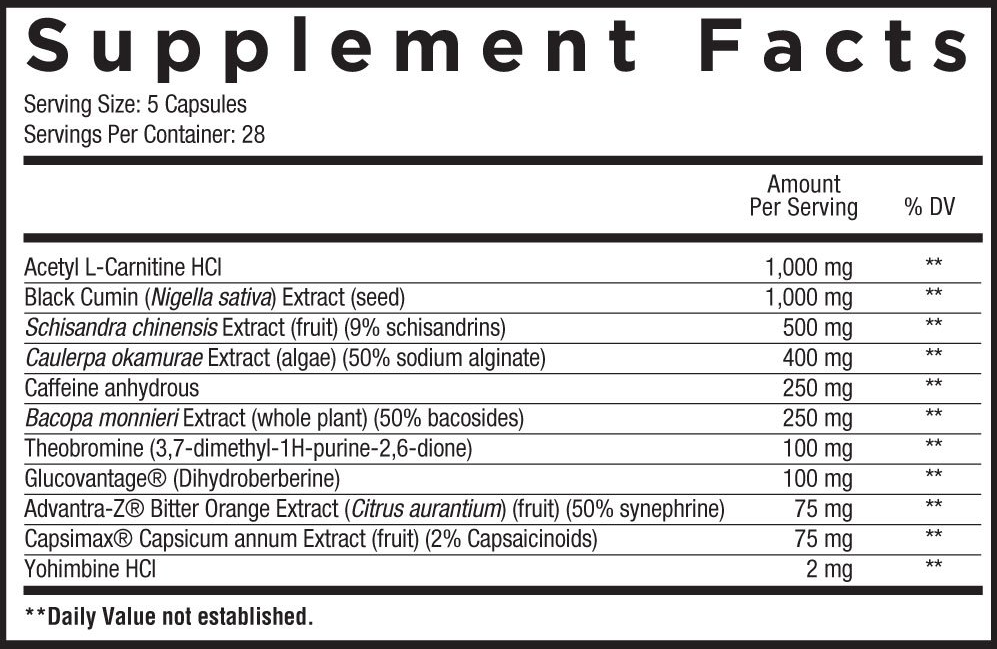
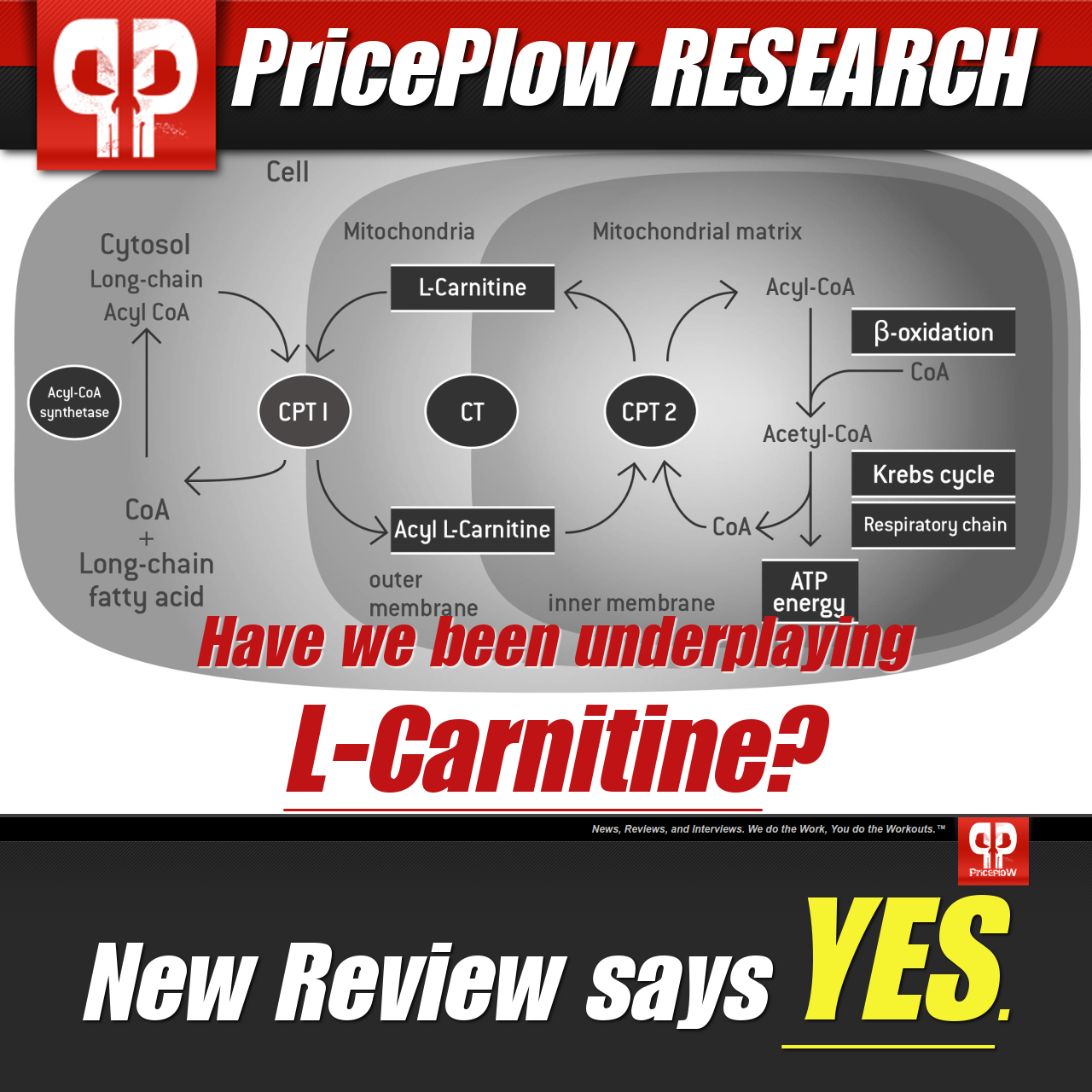
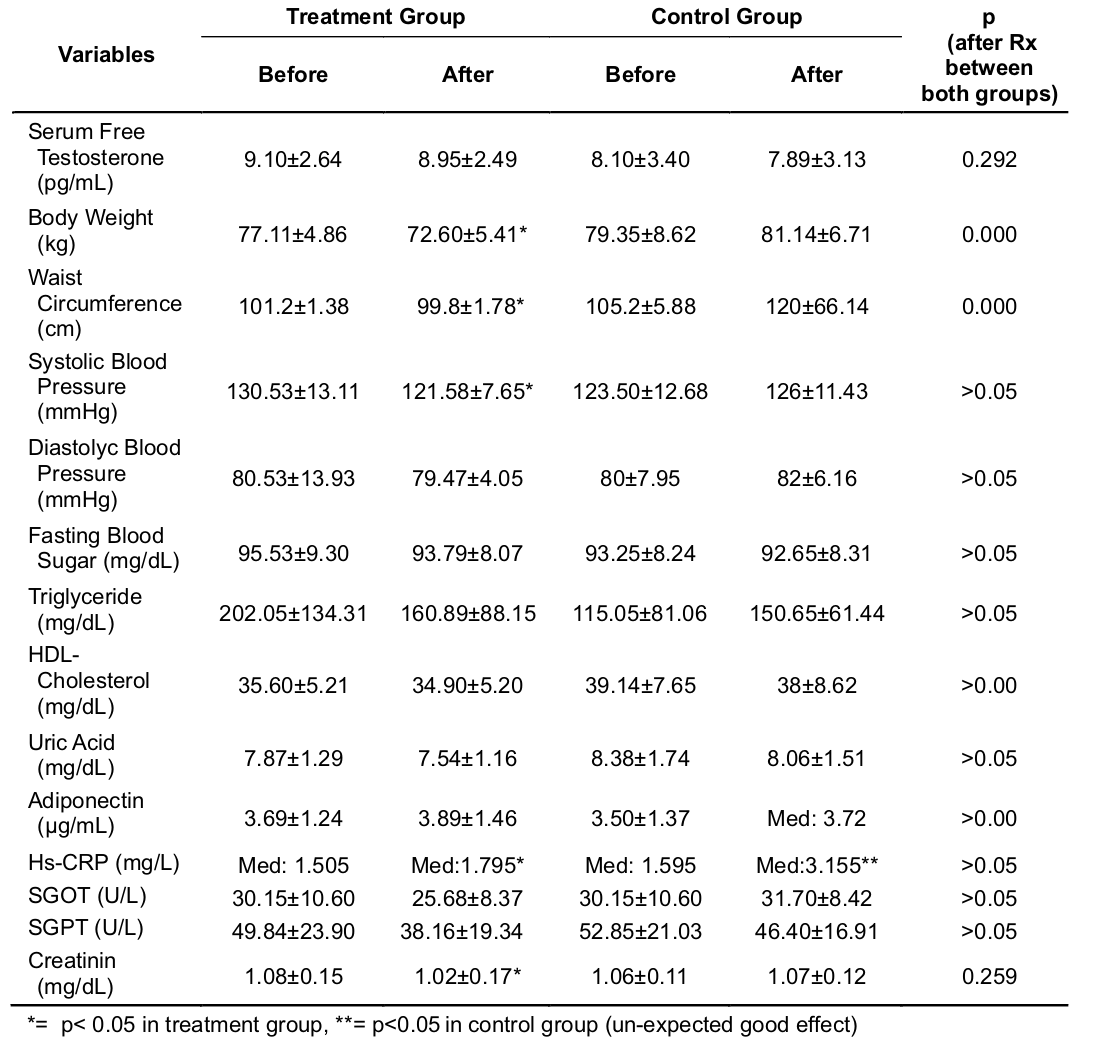

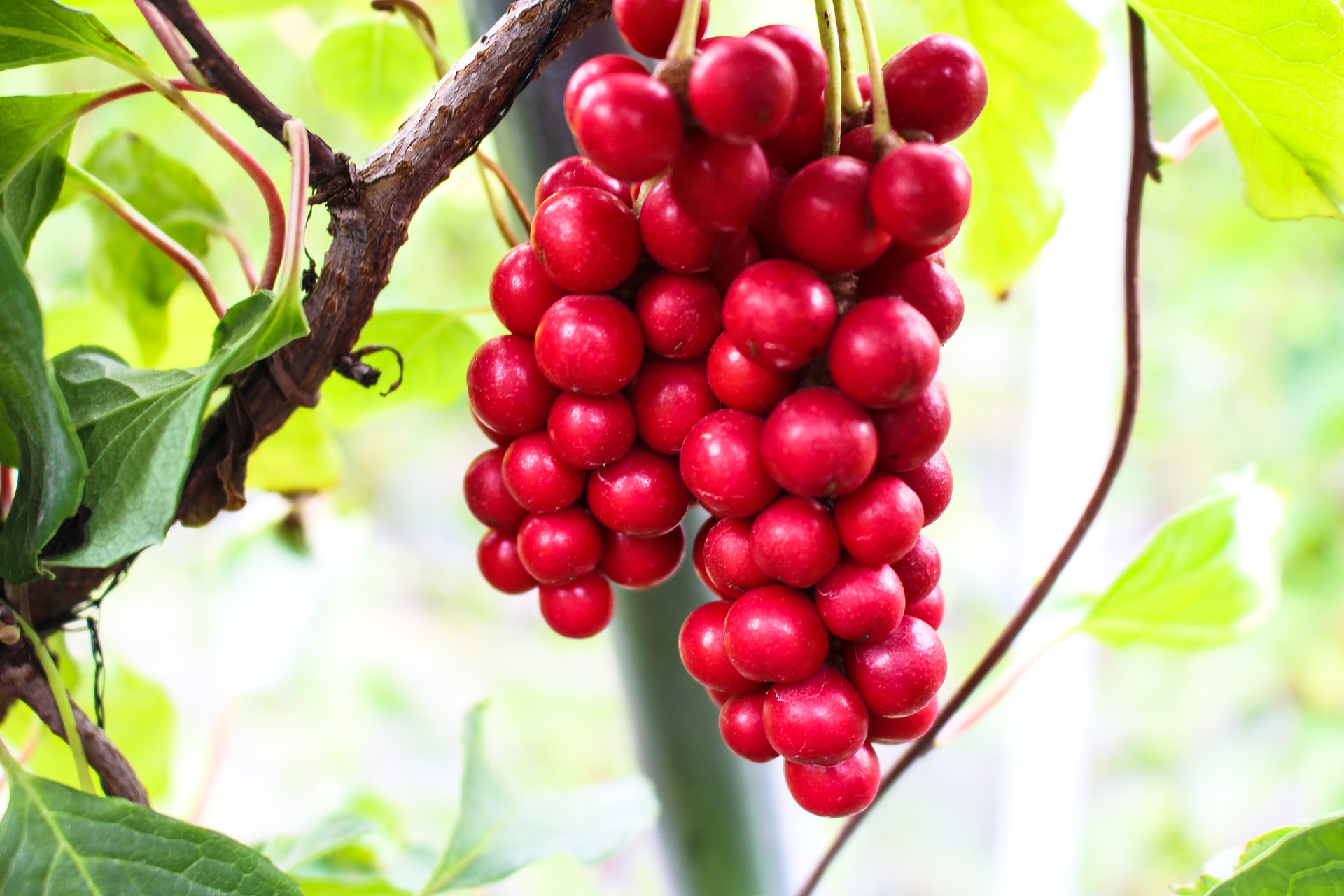

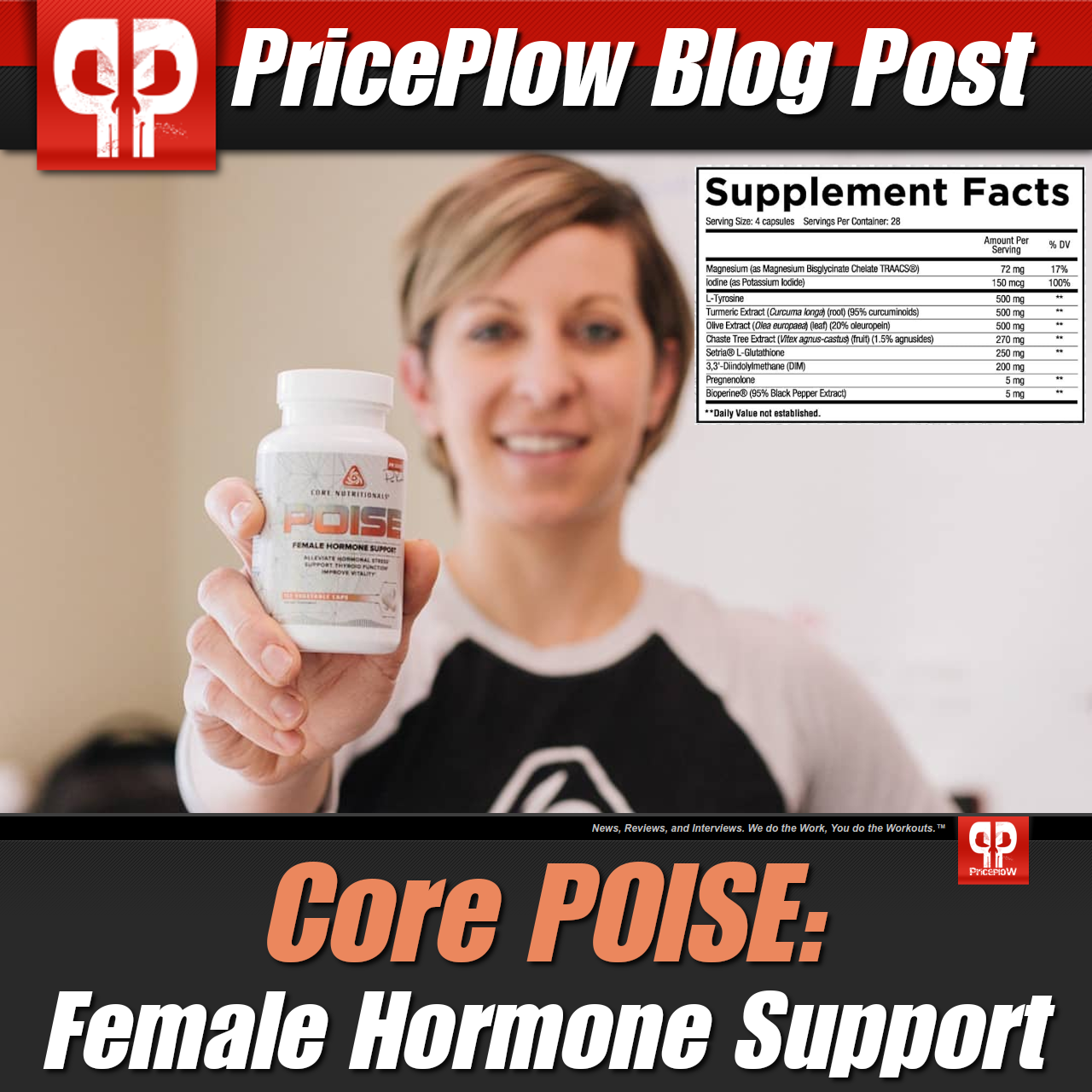
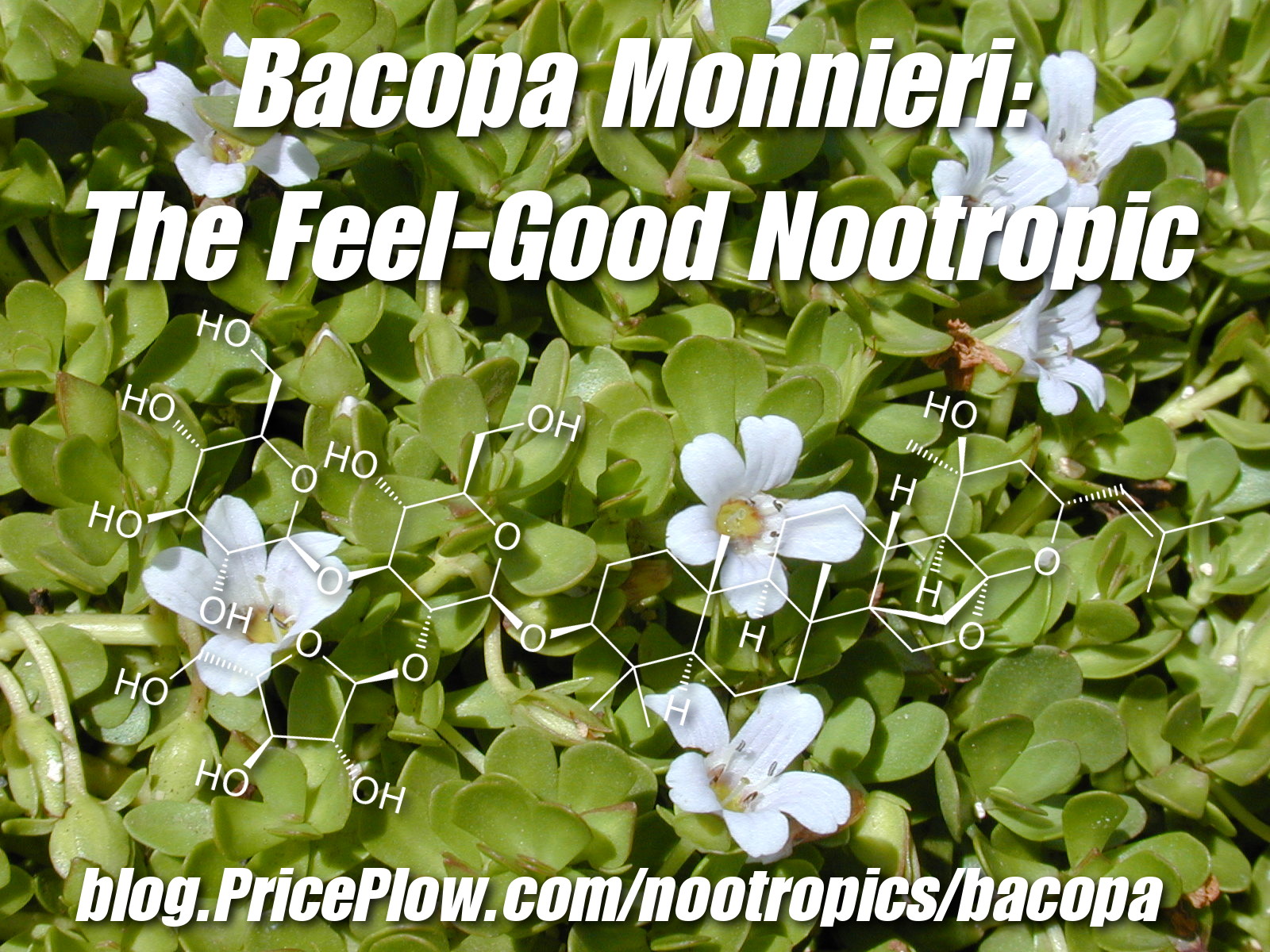
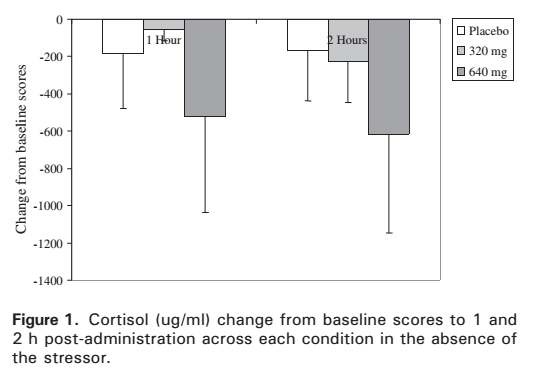
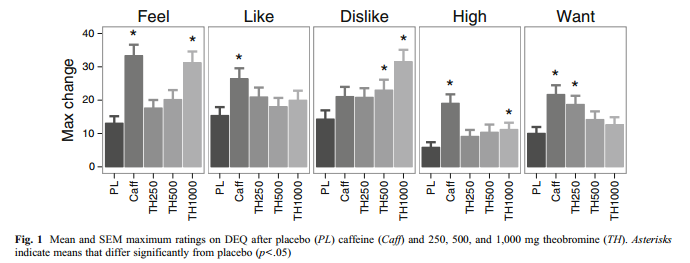
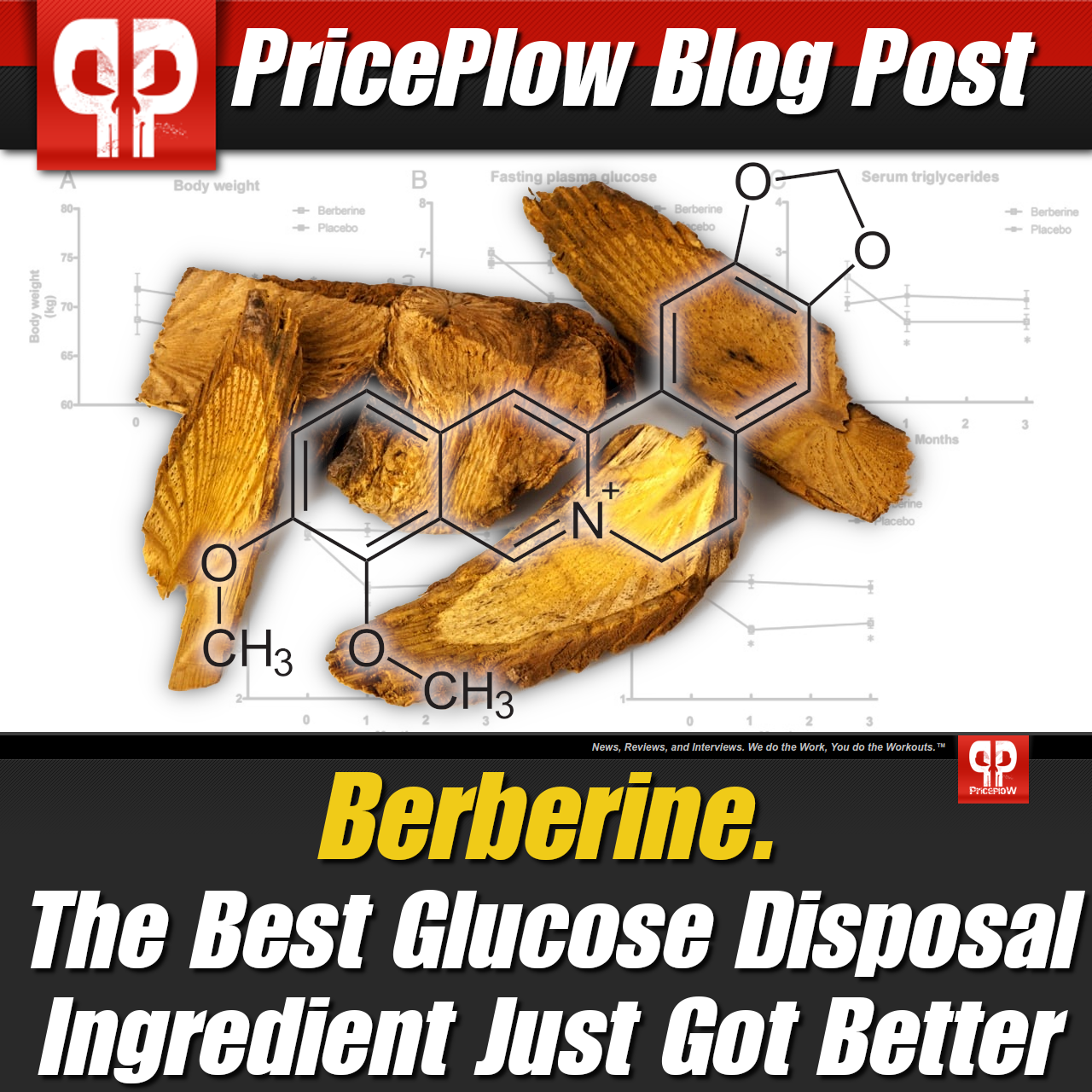
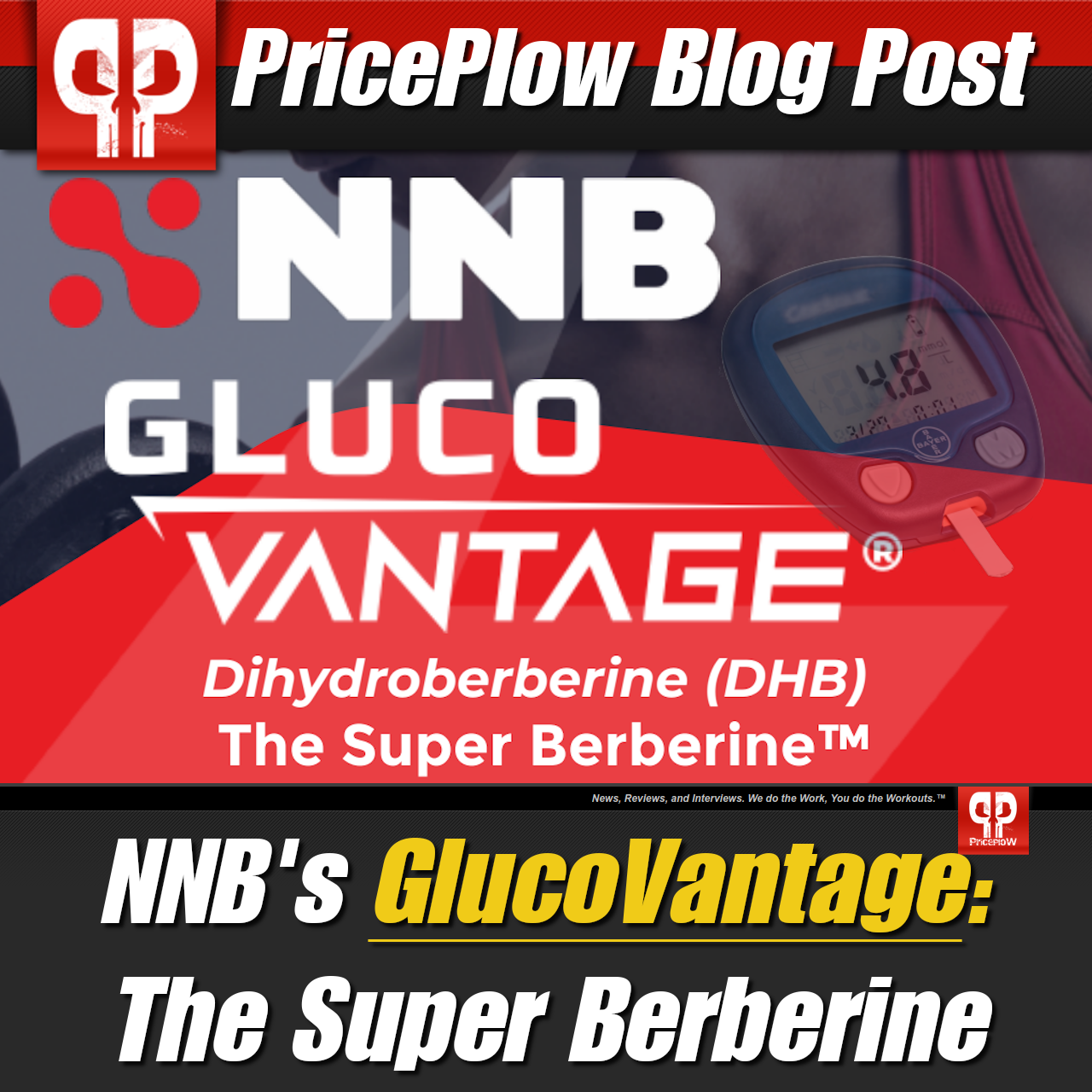
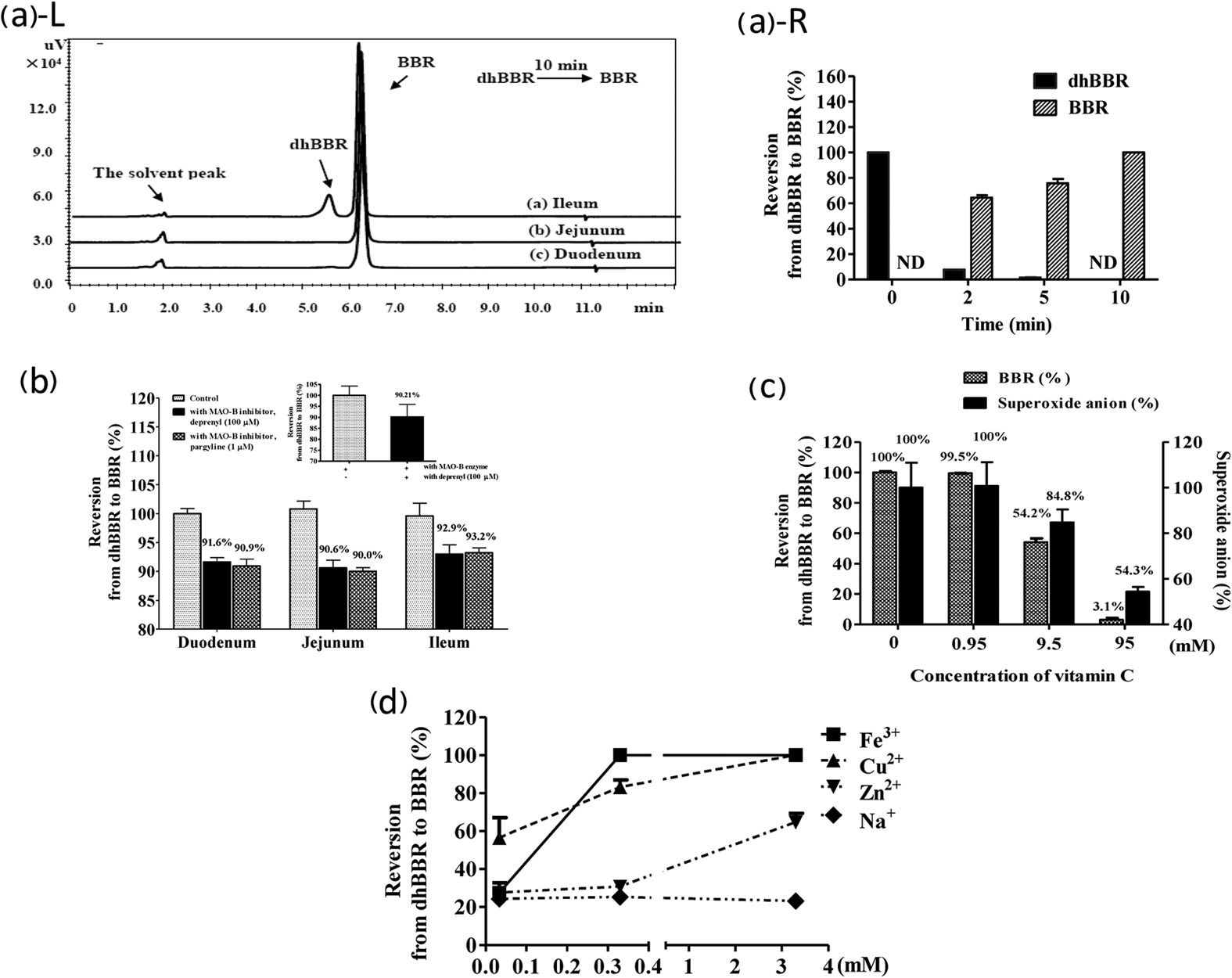
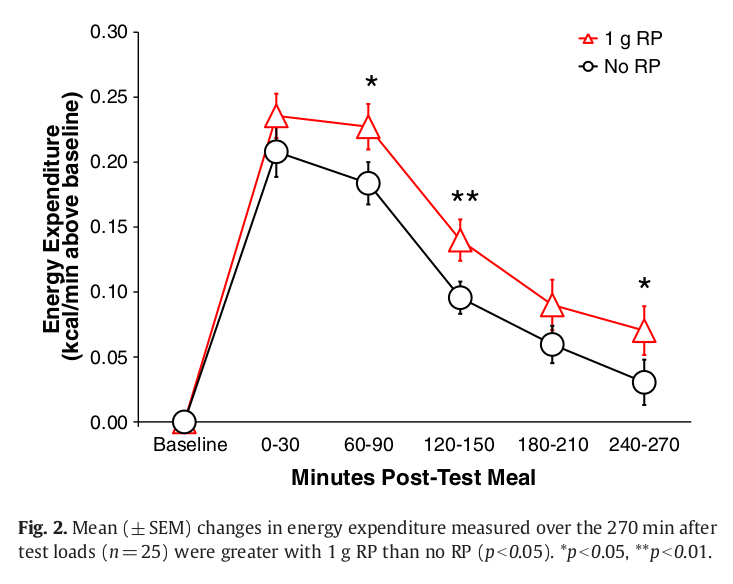

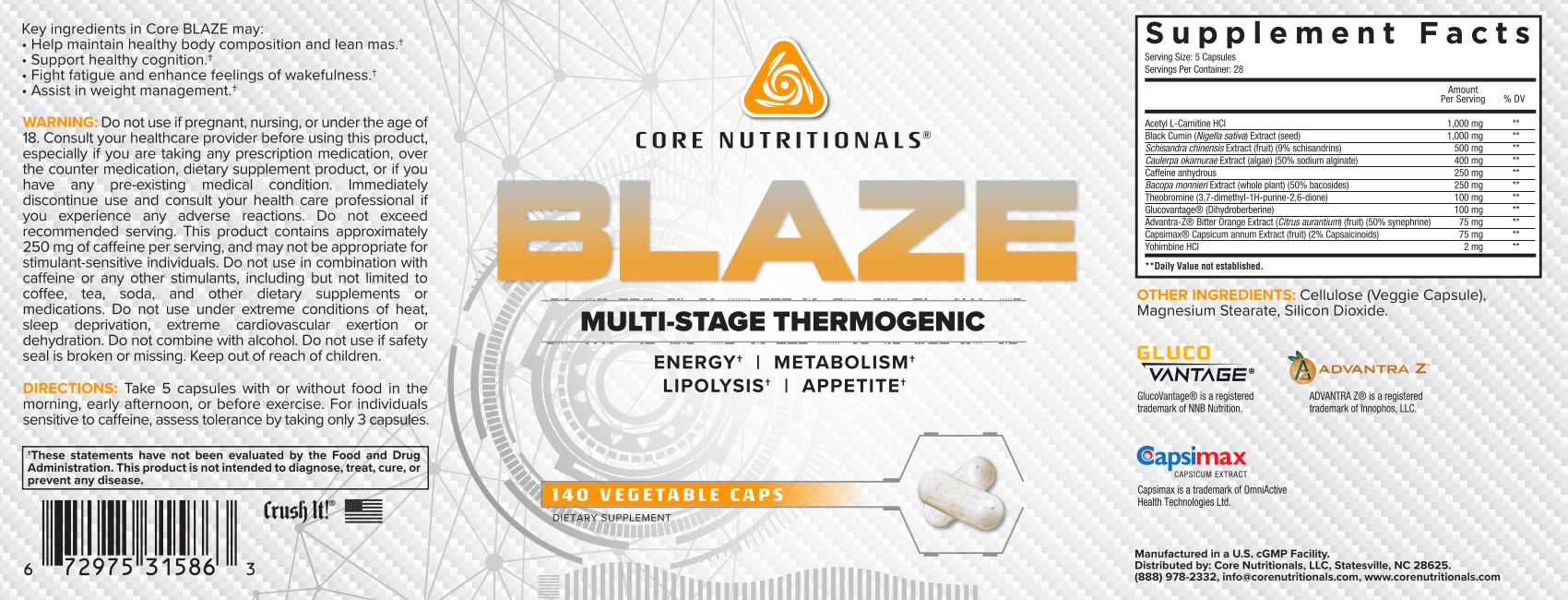


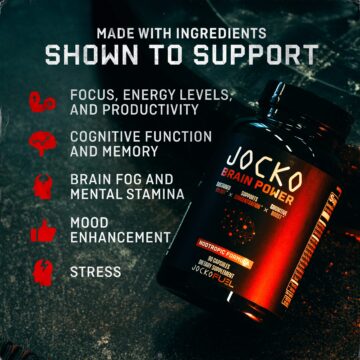
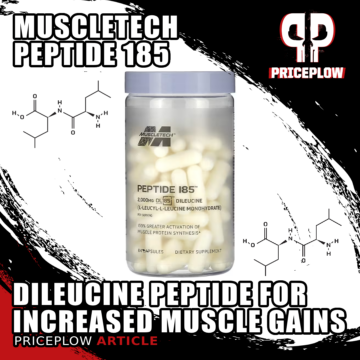
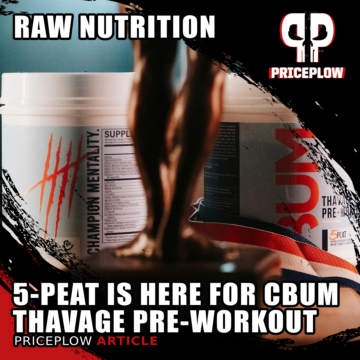
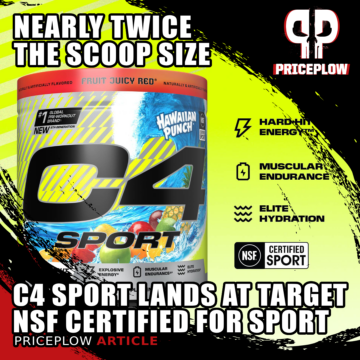

Comments and Discussion (Powered by the PricePlow Forum)